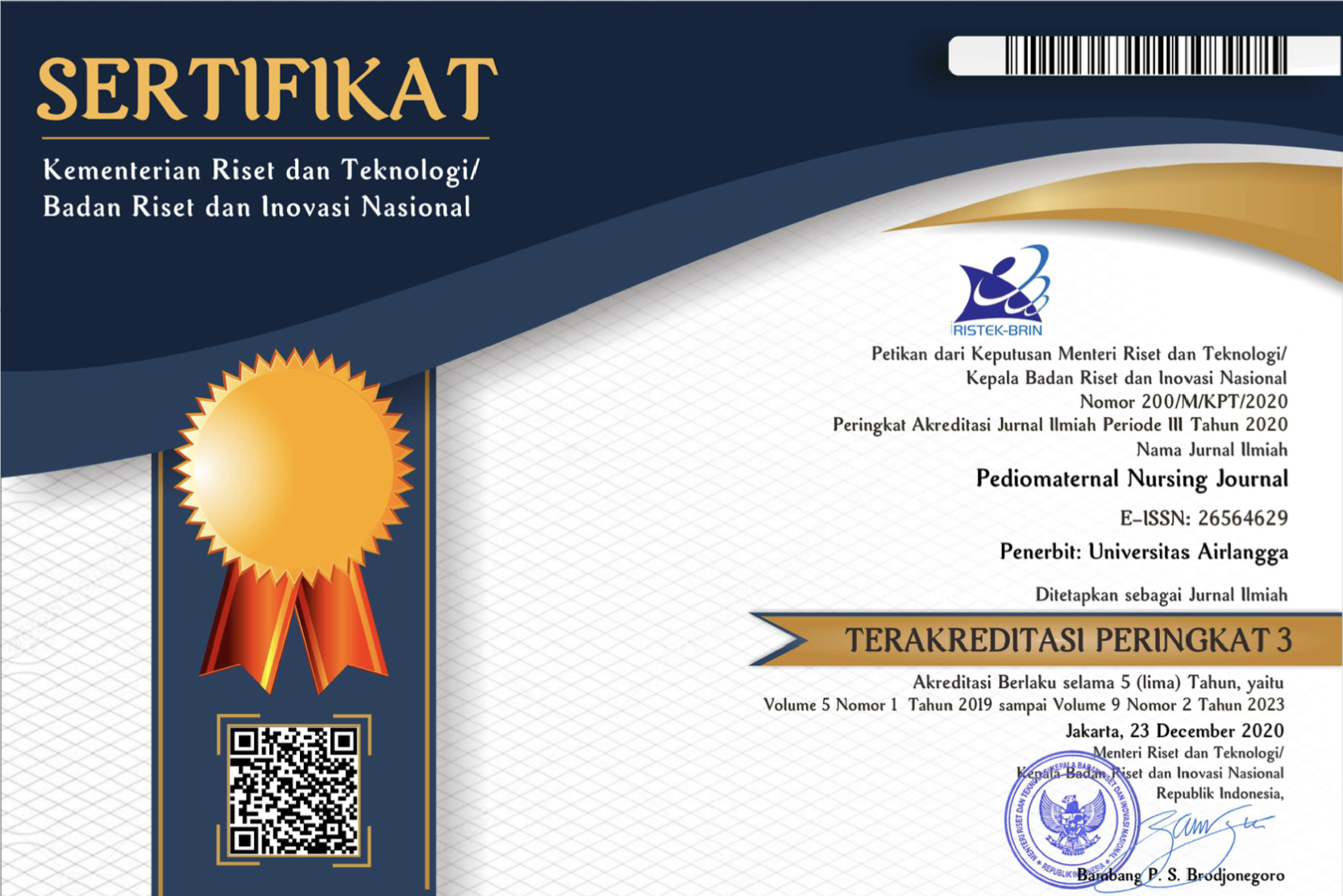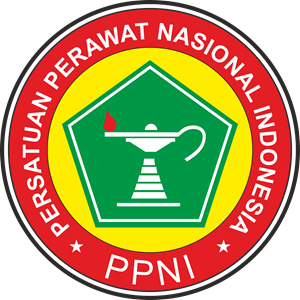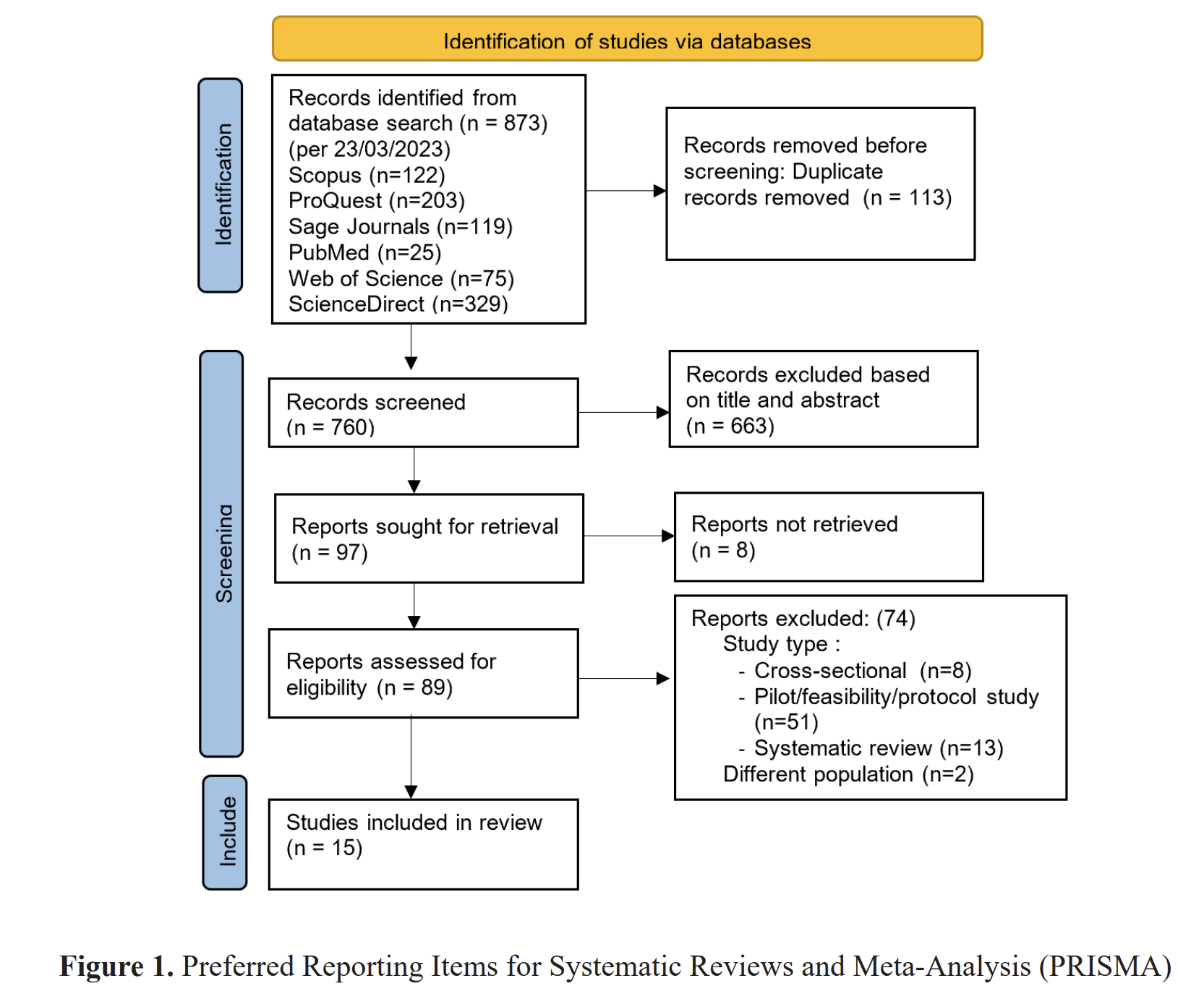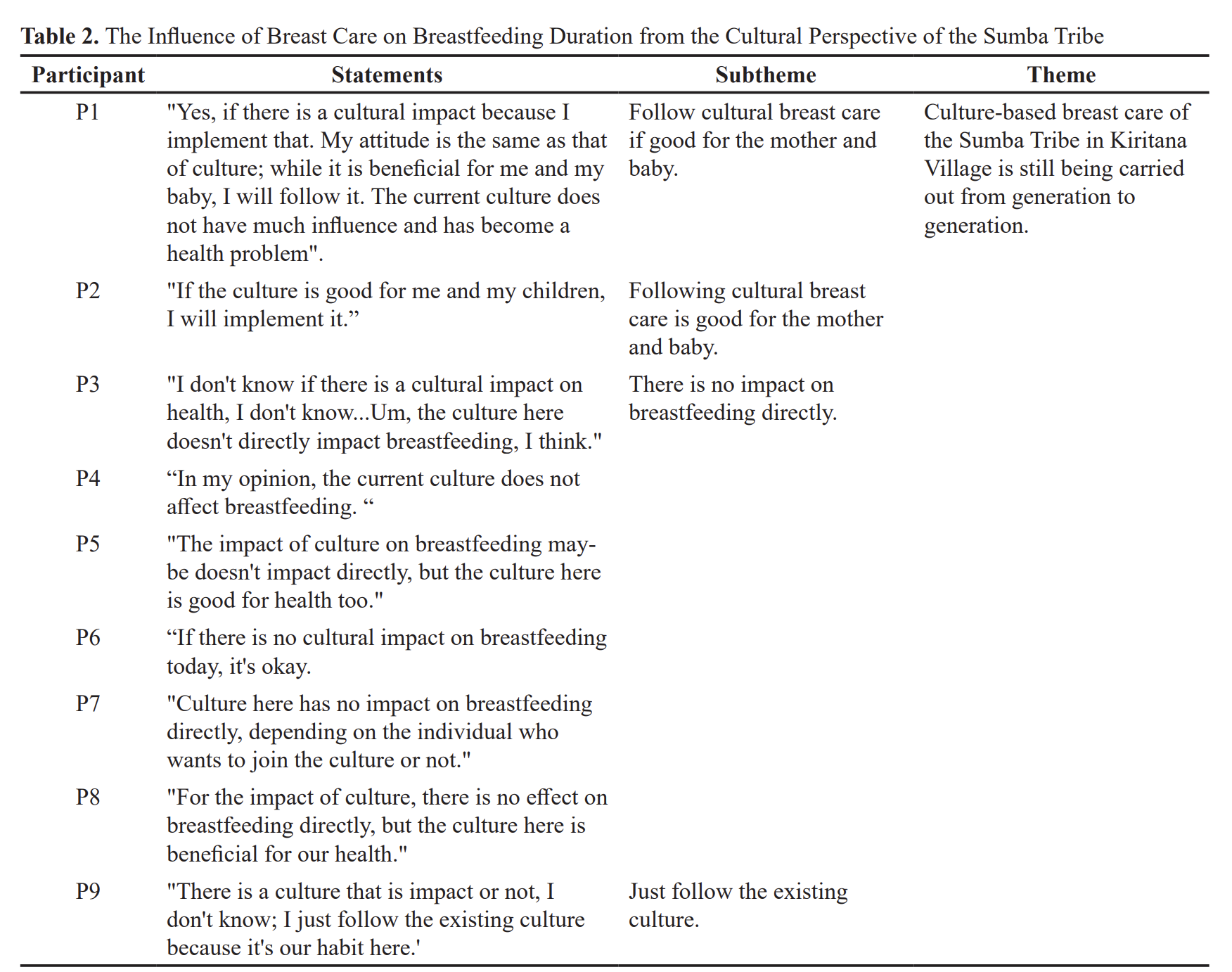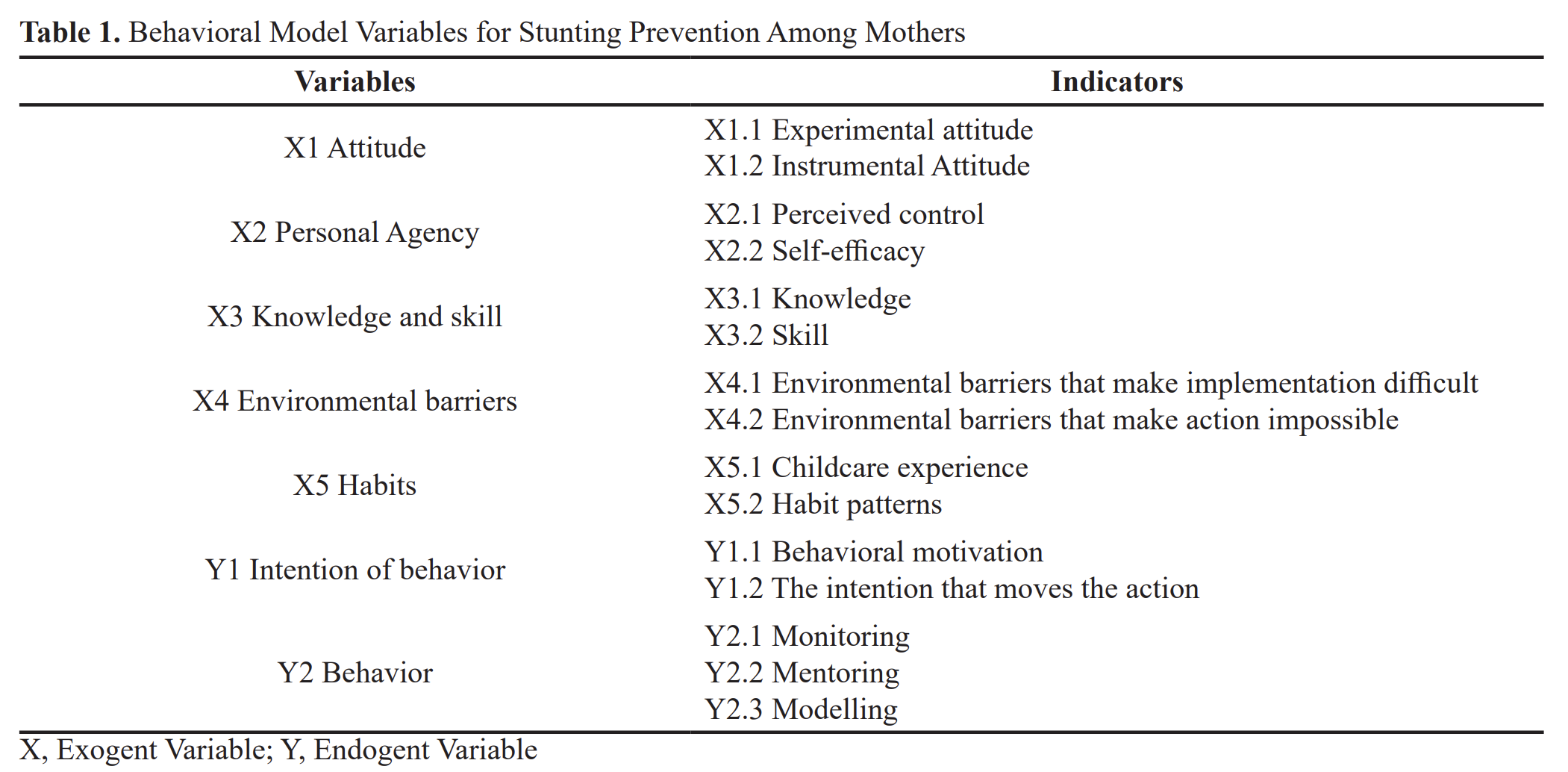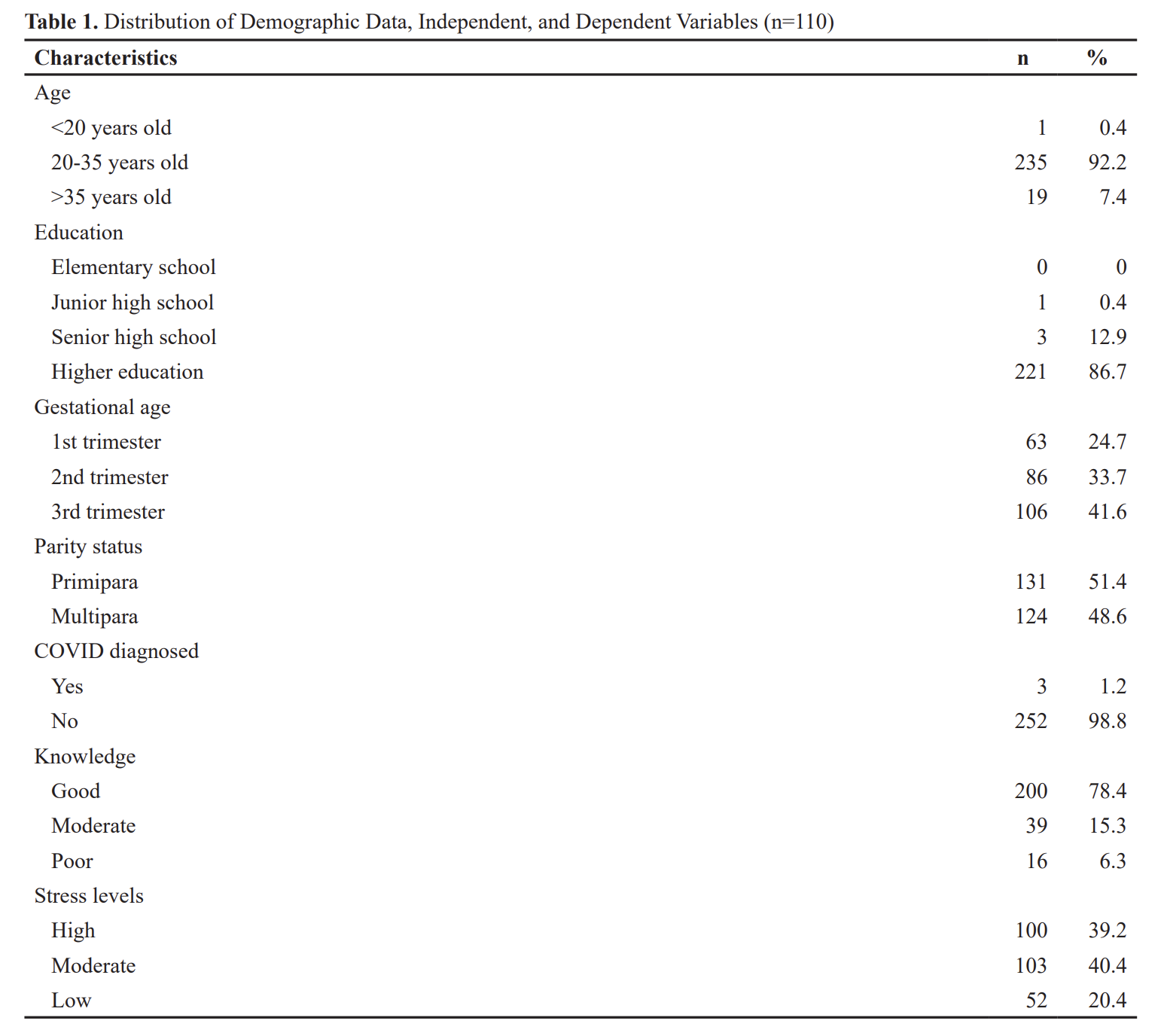Associated factors of cervical cancer screening intention among reproductive aged women: A cross-sectional study
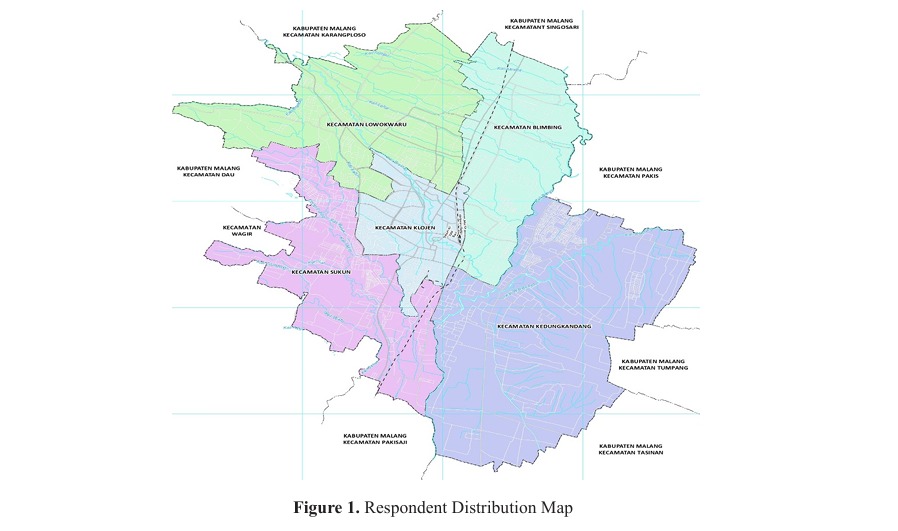
Downloads
Introduction: Cervical cancer screening has consistently proven effective in reducing both the incidence and mortality of cervical cancer. However, in many developing countries, including Indonesia, participation in screening programs remains considerably low. The primary objective of this study was to examine the intention toward cervical cancer screening and the associated factors among reproductive-aged women in Malang city, East Java, Indonesia.
Methods: This study employed an observational analytic approach with a cross-sectional design. Researchers conducted the study with 410 participants selected through a simple random sampling technique in Malang. The study focused on cervical cancer screening intention as the dependent variable, while considering attitude, affordability of health services, and health worker support as independent variables. The data collection instrument utilized was a questionnaire comprising various aspects such as attitude, affordability of healthcare services, and health worker support. The researcher-designed questionnaire was guided by the PRECEDE-PROCEED Model. The data were analyzed through multiple linear regression.
Results: The results revealed that favorable attitudes (B = .08, SE = .04, P-value = .026), affordable healthcare services (B = 1.06, SE = .19, P-value = < .001), and support from healthcare workers (B = .59, SE = .24, P-value = .013) were associated with an increased intention toward undergoing cervical cancer screening.
Conclusion: This study highlights that favorable attitudes, affordable access to healthcare services, and adequate support from health workers are significantly associated with the intention to undergo cervical cancer screening among reproductive-aged women.
Keywords: attitude; cervical cancer screening; health worker support; healthcare services; reproductive-aged women
Copyright (c) 2025 Santy Irene Putri, Hilda Mazarina Devi, Ratna Diana Fransiska

This work is licensed under a Creative Commons Attribution 4.0 International License.
1. The journal allows the author to hold the copyright of the article without restrictions.
2. The journal allows the author(s) to retain publishing rights without restrictions.
3. The legal formal aspect of journal publication accessibility refers to Creative Commons Attribution (CC BY).

